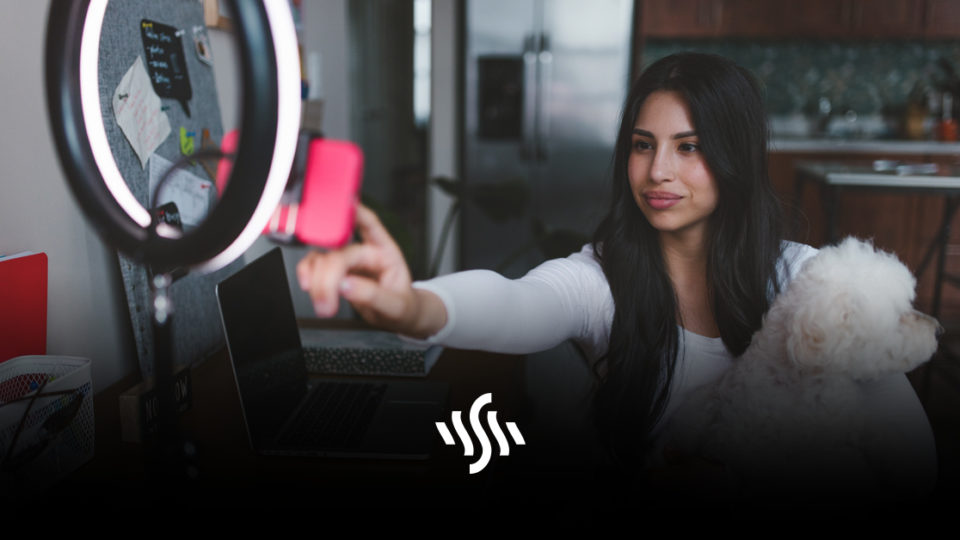How to Frame Videos by Yourself | Solo Vlogging
One of the trickiest things about being a solo vlogger is getting the shot right. Here’s how to frame videos when you’re working alone.
Hands up if you still watch vlogs…
Good. Vlogs are still relevant and incredibly useful to both viewers and creators. Longer form videos enable us to learn about things in more detail, or be entertained for longer. As a creator, they allow you to go into more depth, explore an idea more thoroughly, and get creative in bigger ways.
Businesses use vlogs as marketing tools, and individuals have crafted careers by starting out vlogging on YouTube. If you’re thinking about giving it a go – you should.
But, once you’ve bought a vlogging kit and got the video editing software you need, it’s time to learn how to make things look good. Just as when a film or TV show is being made, attention needs to be paid to how things are framed. It doesn’t matter what topic you plan to vlog about, it’s got to be watchable and interesting or at least pleasant to look at.
A big part of this comes down to how you frame videos. It can be tricky to get this right if you’re working by yourself though!
How to Frame Videos Solo
If you’re making a simple talking head video, there are a few tips you can use to get the framing just right. It’s pretty simple, even if you’re just using your phone and a tripod. If you don’t have a tripod, you can get creative with objects you have to hand. Stack up some books, or using boxes and cans from the kitchen, anything that’ll help get that height and angle.
In the video below, Haily from Biteable shows you how to frame and film a talking head video yourself.
It’s best to shoot somewhere with a pretty neutral background. You can have things in the background, so long as it doesn’t cause the frame to look too busy. Also, try to avoid places that have a lot of people moving around behind you, such as a coffee shop or high traffic public space.
Try to centre yourself in the middle of the screen, keeping about a third of the screen blank above your head. This gives you some leeway when you’re editing, so if you need to cut anything out or zoom in a little, you can. This is great for repurposing content as well, so you can share videos in 16:9, and edit them to share in 9:16 (phone screen dimensions).
Using grid functions on your camera, if you have this feature, will help you to set up your shot and keep things nicely level.
